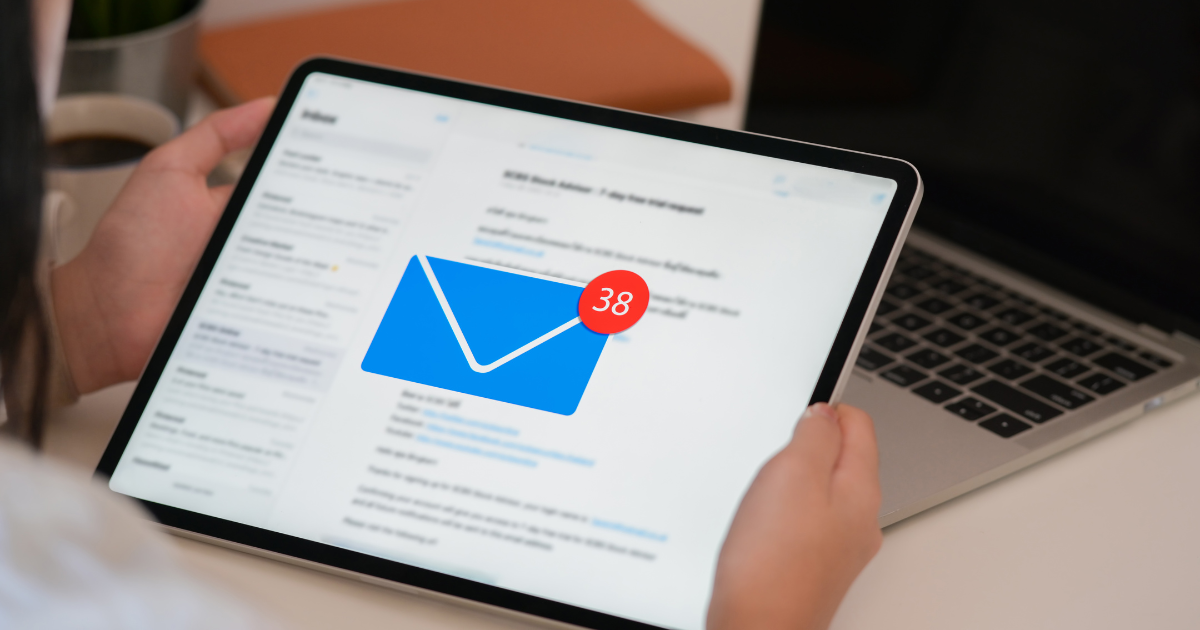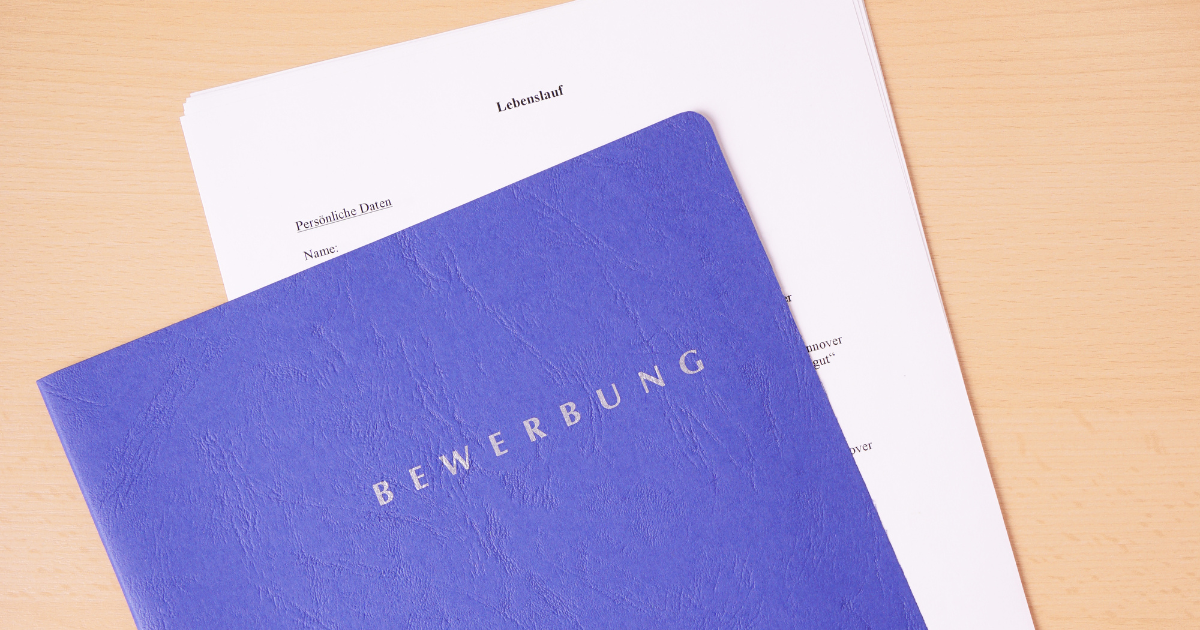Courage to fill the gap in your resume
Table of contents
How problematic is a gap in your resume? Not at all, if you know how to deal with it. It's not so much about hiding a gap in your resume, on the contrary - in the following, we'll show you how to make the most of it.
At what point do you have a gap in your resume?
A time break of more than 2 months is considered a gap in your resume, unless you fill it with studies, further education, or internships. While shorter time off is not relevant, gaps in your resume should always be indicated.
What are the effects of gaps in the resume?
Gaps in the resume can cause doubts about the suitability of the applicant. Likewise, they often lead to speculation in the personnel department without justification. This already puts the applicant in a bad light and can lead to the application being rejected at the very first step. Openness and honesty are the keys to explaining gaps in the resume and preventing possible concerns.
Gaps in your resume - how to explain them properly
Below you'll find best practices on how to best handle gaps in your resume.
🤔 Did you know? Certain circumstances lead to longer breaks but are not really gaps. These include, for example, application periods after graduation, change of studies, or parental leave. Don't forget: You should also mention these situations in your resume.
Change of course of study or training
A change of course of study or training is usually associated with a longer waiting period. Companies are also aware of this. It is therefore not necessary to explain yourself in great detail in your resume. You can present your change as follows:
Example: Month/year - Month/year - Change of studies, at the same time voluntary work in animal welfare.
💡 Tip: Use the waiting time productively. You'll score points on your resume with volunteer work or part-time jobs relevant to your career.
Termination and temporary unemployment
Similarly, it is not necessary to conceal temporary unemployment. A dismissal can happen to anyone and is usually not self-inflicted. Ideally, you should indicate in your resume what you did during your job search. If the period of unemployment was shorter than 2 months, you do not have to mention it. This way, you can close the gap in your resume:
Example: Month/year - Month/year - Career change in marketing.
Staying abroad and social commitment
Whether it's a work & travel, a volunteer year, or a sabbatical, so-called "gap years" are common in many resumes these days. They are often a highlight of your resume because they offer you valuable experience and qualifications.
You can briefly mention your voluntary sabbaticals on your resume and explain them in more detail during the interview. At the same time, personal anecdotes are a good way to lighten up the interview. You can indicate your personal time off in your resume as follows:
Example: Month/year - month/year - language trip to South America.
🤔 Did you know? A sabbatical is a work model in which employees take unpaid special leave. On average, a sabbatical lasts between 3 and 12 months.
Parental leave
A career break due to parental leave is a common explanation for a gap in the curriculum vitae. Those who are not in an existing employment relationship during parental leave may list parental leave as a separate stop on their resume:
Example: Month/year - month/year - parental leave.
Health reasons
Longer periods of absence due to illness can also lead to time off work. However, care should be taken when stating this in your resume. Companies may get the impression that you will be sick more often in the future, which can be an immediate exclusion criterion.
As soon as the illness does not have a negative effect on your job, you do not have to explain it in detail. Gaps caused by healed illnesses, such as accidents, operations, and the like, can be indicated in the CV without further ado.
Example: Month/year - month/year - rehabilitation after an accident, fully recovered.
Personal reasons
Strokes of fate in private life (e.g., divorce or caring for relatives) are frequent reasons for personal time off. If this creates a gap in the curriculum vitae, it is advisable to be honest and transparent. This is how professional time off for personal reasons can be presented on a resume:
Example: Month/year - month/year - professional time off, caring for a relative.
Depending on the opportunity, it is also advisable to use the time off for personal and professional development.
☝️ By the way: Taking care of a relative shows social commitment and reliability and is often very positively received.
Corona
The Corona pandemic has impacted the entire world, including executives and employees. Corona-related gaps in resumes are thus usually met with great understanding. Nevertheless, it is important to indicate them to avoid speculation:
Example: Month/year - month/year - career reorientation, corona-related.
Gap in the resume - Do's & Don'ts
The right way to deal with gaps in your resume can be found here at a glance:
✅ Do's
✓ Use positive phrasing: Instead of using negative words such as "unemployed," use positive phrases such as "looking for work" to show that you are actively seeking opportunities.
✓ Use your time wisely: Use the time off to pursue further education, training, or internships to enhance your skills and fill the gaps.
✓ Be prepared for job interviews: Be ready to explain any gaps during job interviews and showcase your personal and professional growth during that time.
❌ Don'ts
✖ Lie: Do not make false statements in your resume as it can lead to dismissal and damage your reputation in the long run.
✖ Provide inaccurate information: Be consistent and accurate with the information provided in your resume, such as using the same date format throughout. Inaccuracies can raise concerns among potential employers.
✖ Provide lengthy explanations: Keep your resume brief and to-the-point. Detailed explanations of gaps should be given during interviews.
Gaps in the resume - Not a criterion for exclusion
Gaps in the resume are becoming less problematic in today's job market. Employers are more interested in how you dealt with the time off rather than the gap itself. Mentioning career breaks such as parental leave or change in studies in your resume makes the gaps more acceptable. Highlighting personal and professional growth through continuing education, internships, or volunteering shows initiative and can help fill the gaps. Always stick to the truth and avoid providing false information or lengthy explanations.




